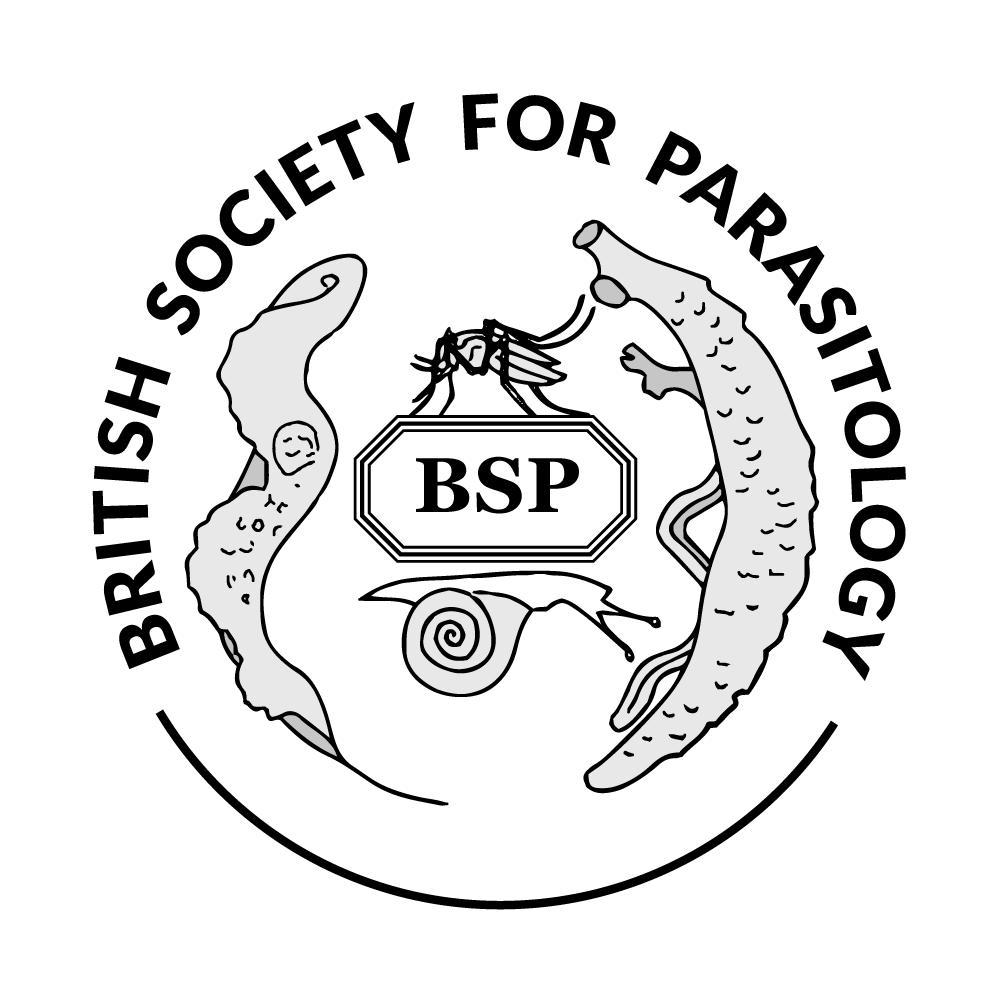Authors
L Izquierdo1; 1 Instituto de Salud Global de Barcelona, SpainDiscussion
Annually, malaria causes more 200 million clinical cases and 450,000 deaths. Recent studies suggest the presence of unknown α-galactose (α-gal)-containing glycans on the surface of Plasmodium sporozoites, which invade the mosquito salivary glands and are delivered to the human host during blood meal. Due to gene inactivation of α-1,3-galactosyltransferase (α1,3GT) during evolution, human cells lack α-gal epitopes and produce anti-α-gal antibodies, which are the most abundant immunoglobulines in humans. Notably, individuals with higher anti-α-gal antibody levels are protected against malaria infection in endemic areas, and vaccination against α-gal confers sterile malaria protection in α1,3GT-deficient mice. Therefore, immunization with appropriate α-gal epitopes and the boost of anti-α-gal antibody levels could offer a unique opportunity to protect against malaria infection and significantly reduce its transmission. Remarkably, the malaria parasite produces UDP-galactose, the sugar nucleotide donor required by galactosyltransferases. Nevertheless, much remains unknown about the P. falciparum glycoconjugates containing α-gal epitopes, including their putative expression in other parasite stages. We have investigated the α-gal presence in the different stages of P. falciparum development with the goal to map glycoconjugates putatively carrying α-gal epitopes. Using anti-α-gal antibodies and lectins that recognize α-gal, we were unable to detect α-gal-containing glycans in the parasite sporozoite stages. However, we have observed α-gal-containing proteins in ring and trophozoite stages. Interestingly, α-gal is not present in schizonts, merozoites or gametocytes, suggesting a tightly regulation of α-gal expression through the different stages of intraerythrocytic sexual and asexual development. We are currently carrying out anti-α-gal pull downs for LC-MS/MS based protein identification to tackle the analysis of α-gal glycoconjugates. The identification and characterization of these α-gal-containing glycans may be exploited for the development of novel glycan-based protein conjugate vaccines against the parasite.
